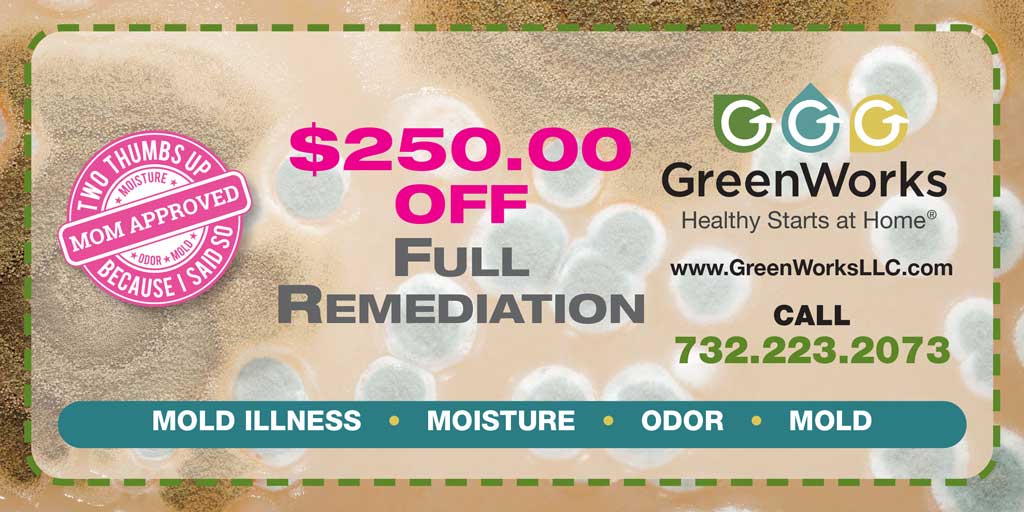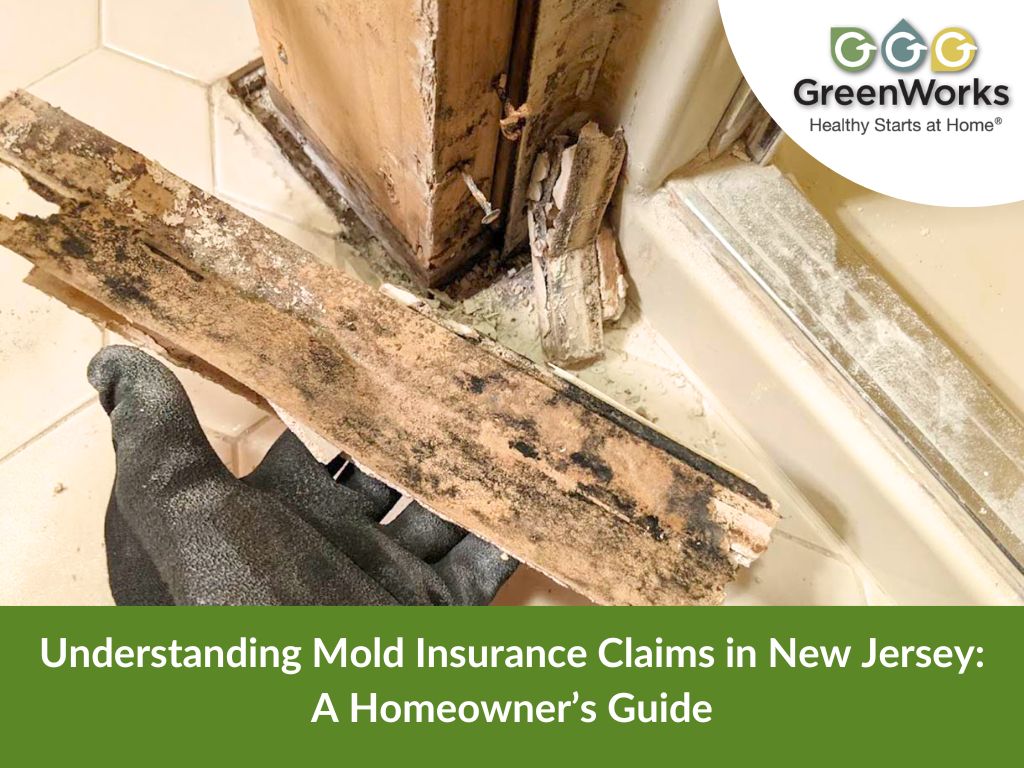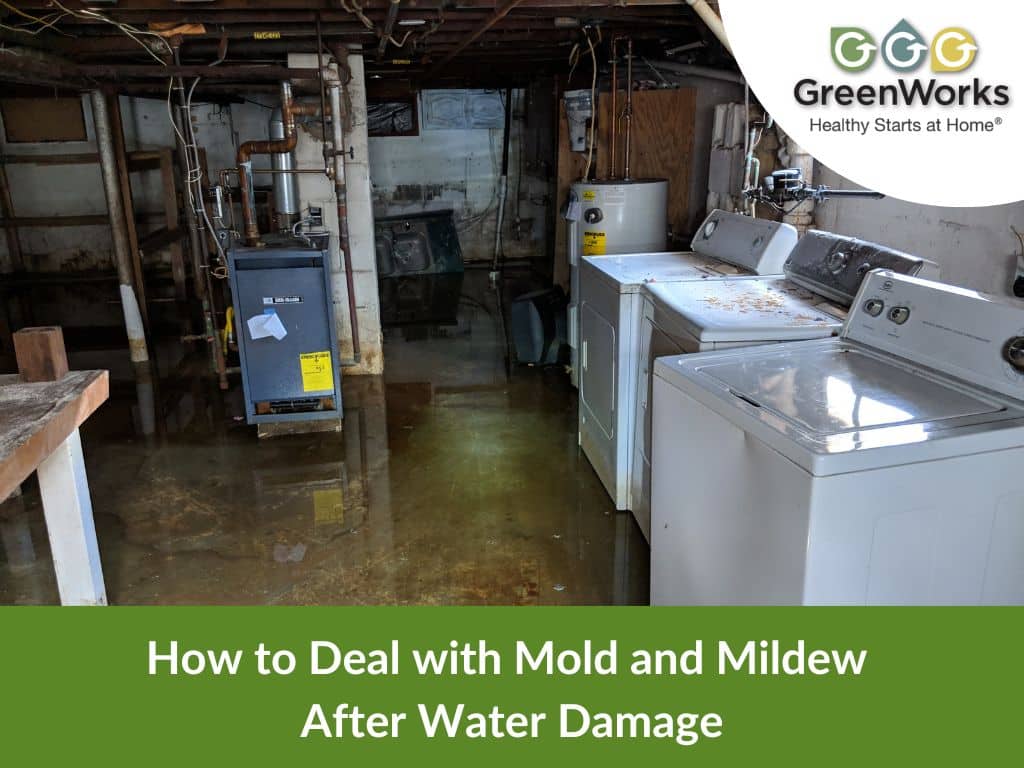
Mold growth and moisture are common problems in every household. Whether you live in a cold or warm climate, you’re bound to deal with mold growth and humidity. Mold growth can be an annoying problem because it can cause several health issues, including respiratory problems and allergies. It’s also associated with musty odors that can become difficult to get rid of.
As a homeowner, it is important to recognize the signs and take steps to reduce moisture and mold in your home. Moisture can come from various sources, including showers, toilets, and even dishwashers. If your house feels more moist than usual for some time, mold has likely formed. If you detect a musty smell in your home, it could be an indication of moisture and mold.
In this article, we’ll go through how to identify typical sources of moisture in your homes, lower humidity levels, enhance ventilation, manage leaks, and remove any mold growth that has already developed.
Common Sources of Moisture in Homes
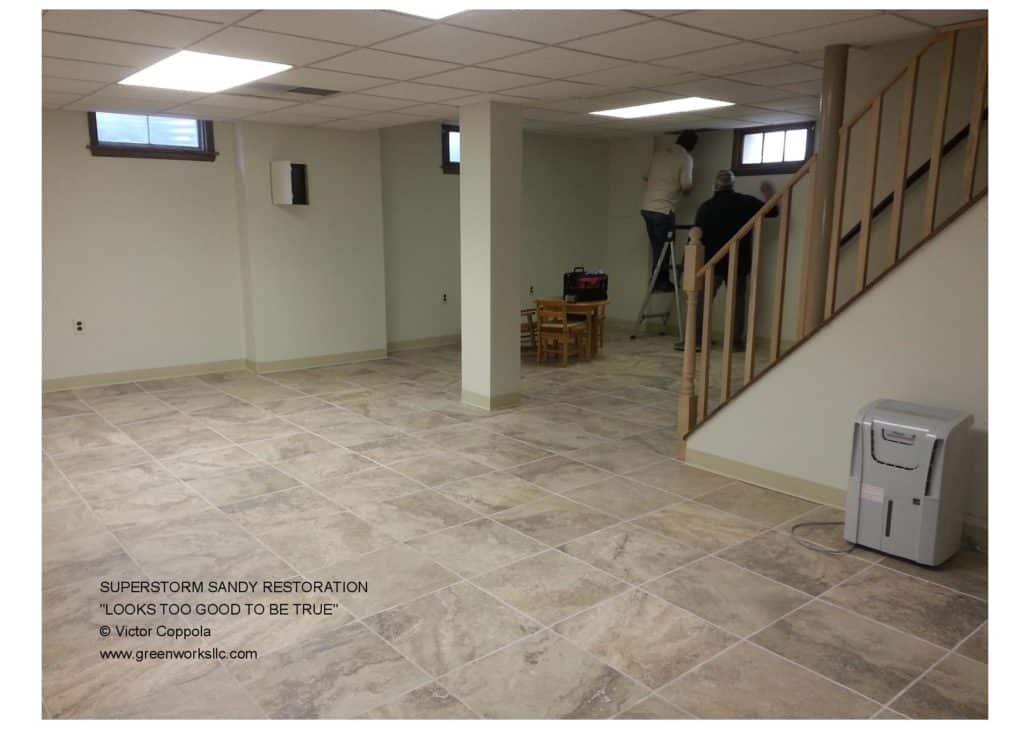
The first step in reducing moisture and mold in your home is to identify the sources of moisture. Basements, crawl spaces, kitchens, bathrooms, and laundry rooms are all common places for water to collect. Here are some of the most common causes of moisture in homes:
Leaky plumbing
Leaky pipes or plumbing can be a major source of moisture in the home. So, it’s important to detect and repair any leaks as soon as possible. Be sure to check around sinks, bathtubs, toilets, and other plumbing fixtures for any signs of leaks.
High indoor humidity levels
Excessive moisture can also be caused by high indoor humidity levels. Ideal humidity levels for a home are between 30 and 50%. Remember to regularly check the humidity levels in your home to keep it cool and dry. If your home is very humid or you live in a tropical area, you might want to think about buying a dehumidifier.
Clothes dryer vents
Another common source of moisture is clothes dryer vents. Lint buildup can lead to excess moisture in the home, and it is important to clean out your dryer vents regularly. Make sure to clean your lint trap after each load of laundry and have your dryer vent professionally cleaned every few years to prevent lint buildup.
Poorly ventilated bathrooms and kitchens
Kitchens and bathrooms are vulnerable to moisture buildup due to the steam created from showers, baths, and cooking. When these rooms are poorly ventilated, it can also contribute to moisture buildup. Make sure to open windows and use exhaust fans when showering, cooking, and doing laundry.
Crawl spaces that are poorly sealed
Crawl spaces can be a source of moisture if not sealed off properly. Check your crawl space for any gaps or holes and seal them off with caulk or weather stripping.
Flooding due to natural disasters
Flooding due to natural disasters can also lead to mold and moisture problems. If your home has been flooded, make sure to have it professionally inspected for any signs of water damage and mold growth.
Reduce Humidity Levels Inside Your Home
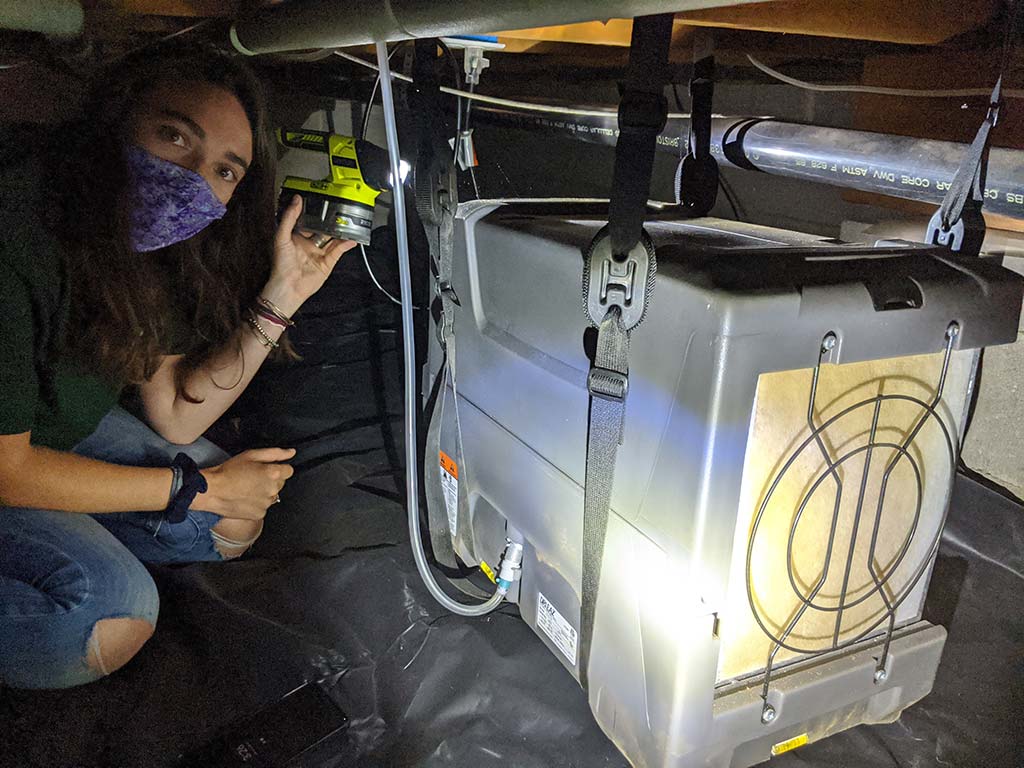
Now that you’re familiar with sources of moisture in your home, you’ve probably noticed that the common denominating factor is high humidity levels. Here are some tips on how to reduce the levels of humidity inside your home.
Install a Dehumidifier
A dehumidifier is an effective way to reduce humidity levels in a home. It works by drawing in moisture from the air and releasing dry air back into the room. The dehumidifier also has a collection tank, allowing it to automatically remove excess water from the air without requiring manual emptying.
Ventilate the Home
Improving ventilation throughout a home can help reduce moisture levels caused by everyday activities such as cooking, showering, and laundry. Installing fans in bathrooms or kitchens helps to move moist air out of the house while bringing in fresh air from outside. Additionally, open windows during warm weather can help reduce humidity levels.
Monitor Humidity Levels
Lastly, monitoring indoor humidity levels is important for detecting high moisture areas in the home and addressing them quickly. Using a digital hygrometer to measure relative humidity can help identify problem areas with high moisture that require attention.
Improve Ventilation and Air Circulation
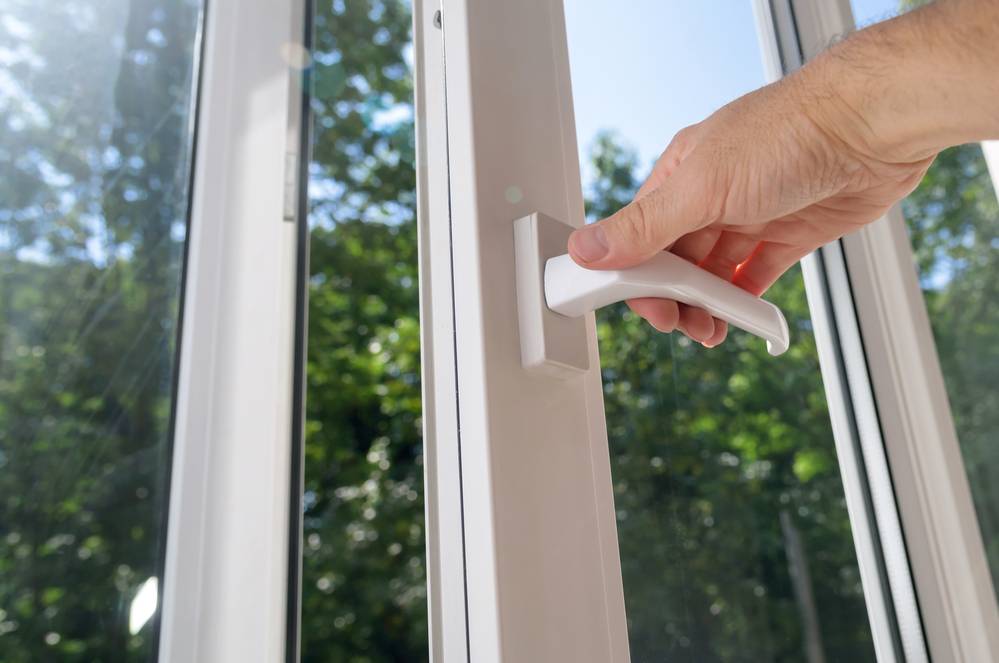
Improving ventilation and air circulation within your home is an important step in reducing moisture buildup. Here are some ways to improve the airflow in your home.
Increase the Use of Fans
Installing fans throughout the home can help improve air circulation and reduce moisture levels. By using a combination of ceiling fans, portable fans, and window fans, homeowners can create a cross breeze to move air throughout the home.
Improve Crawl Space Ventilation
Improving the ventilation of a home’s crawl space is another way to reduce humidity levels in a home. Crawl spaces are susceptible to moisture buildup due to their lack of air circulation. Installing a fan in the crawl space that is vented to the outside helps to keep moisture levels low and reduces the risk of mold growth.
Use Air Filters
Dust and mold spores can be a source of moisture in the home, so using an air filter is another way to reduce humidity levels. Installing air filters in the home can help reduce levels of dust and other particles that can contribute to high humidity levels.
Reduce Appliance Moisture
If you regularly use appliances such as humidifiers, vaporizers, and clothes dryers, your home might experience excess moisture. This is because these appliances release water vapor into the air, which can increase humidity levels. To reduce this, it is important to regularly clean and maintain these appliances to keep them running efficiently.
Control Water Leaks, Condensation, and Flooding
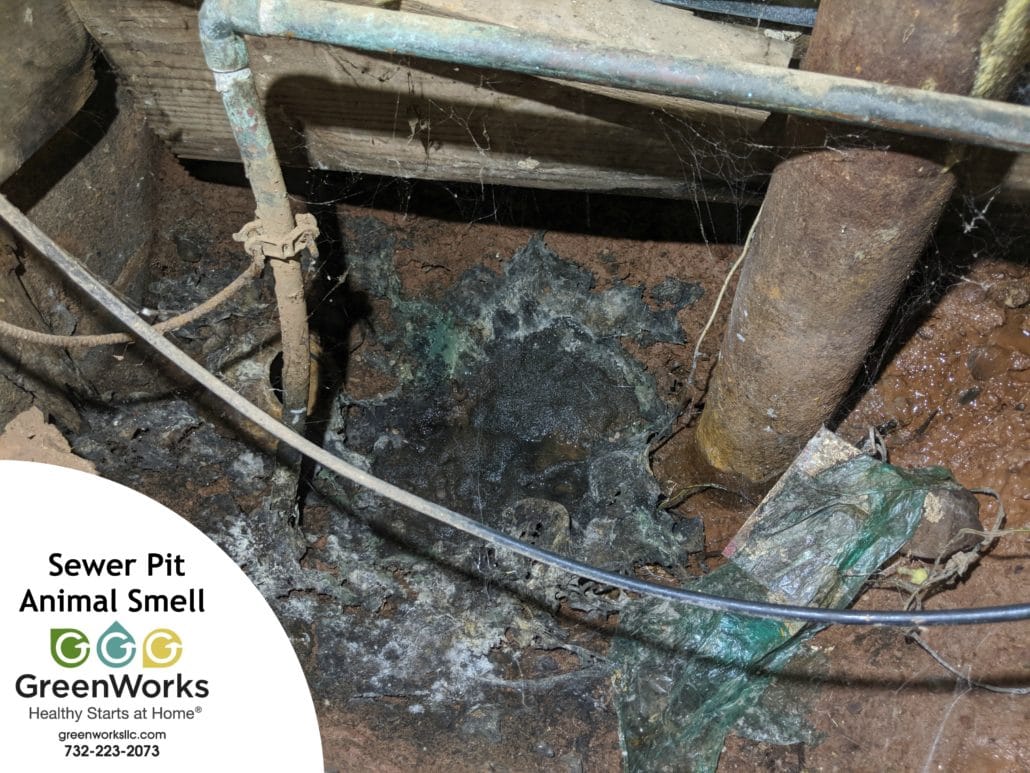
Another way you can reduce moisture and mold growth in your home is by controlling water leaks and preventing flooding. Water damage can be a source of moisture and mold growth, so it is important to regularly inspect areas such as the roof, plumbing, windows, and basement for any signs of water damage.
Additionally, limiting condensation on cold surfaces such as inside windows can help reduce moisture buildup in your home. Here are some strategies to help you do this.
Install Separate Water Shut-Off Valves
Installing separate water shut-off valves can help quickly stop water leaks in the event of a plumbing failure. Shut-off valves work by turning off the water supply to a home, so if there is an issue with any of the pipes within the house, it can be quickly stopped.
Invest in Home Maintenance
Regularly checking around the home for potential water issues can help prevent flooding and dampness. This includes regularly checking the roof, inspecting plumbing lines and pipes, seal openings in walls and floors, and keeping gutters clear of debris.
Clean Up Spills
Cleaning up spills promptly can help prevent water damage to floors, walls, and ceilings. Standing water can quickly lead to mold growth, so it is important to dry the area as soon as possible.
Cleaning Up Existing Mold Growths
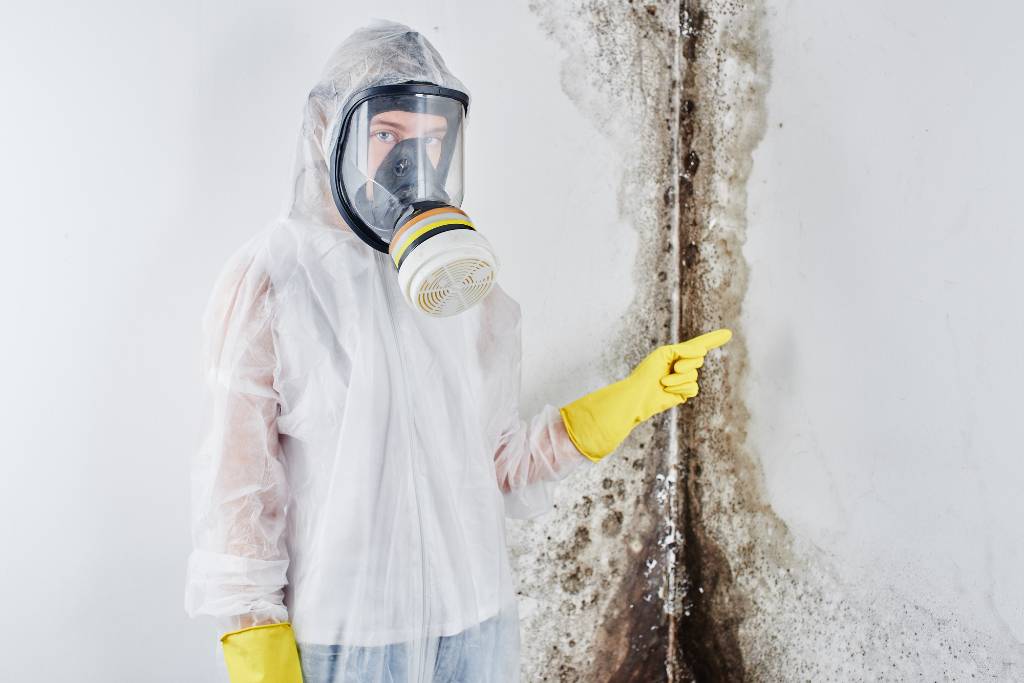
If you’re already dealing with mold growth, don’t panic just yet. The good news is that mold can be cleaned up with the right materials and methods. However, it’s important to protect yourself when cleaning mold. Here are five easy steps to follow when cleaning mold growth.
Wear Protective Gear
When cleaning up mold, it is important to protect yourself by wearing rubber gloves, eye protection, and a face mask. Mold spores can be toxic to inhale, so the best thing you can do before dealing with mold growth is by wearing protective gear.
Identify the Source
Sometimes you won’t be able to identify where mold growth is. Some good indicators to look out for would be a musty smell, the presence of moisture, and stains on any items. If you can’t see where the mold is, you might need to move furniture or other items to allow for proper cleaning. You might also need to investigate crawl spaces, walls, or pipes.
Clean the Mold
Once you’ve identified the mold growth, it’s time to start cleaning. The first step would be to remove any visible mold by brushing or wiping a surface down. You should never vacuum a moldy item because this could spread mold spores further. Instead, you can use a combination of water and detergent to scrub the area.
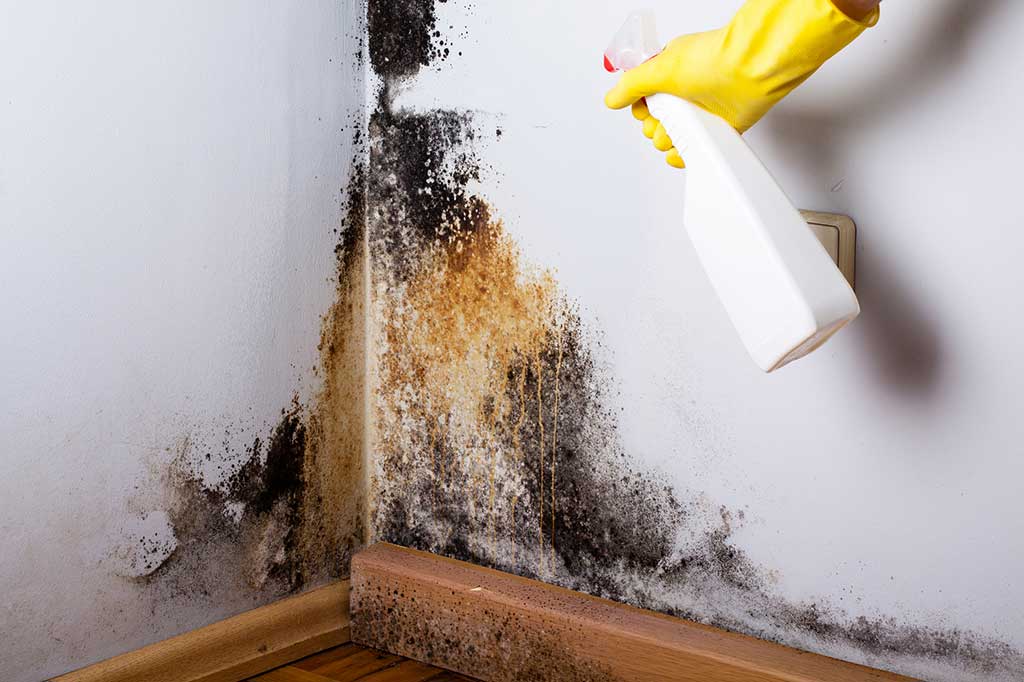
When you’ve gotten rid of the mold, don’t forget to apply an anti-fungal agent such as bleach or vinegar to prevent the mold from spreading or growing.
Dry the Area
If you’re sure that you’ve gotten rid of the mold, the next step would be to dry the area completely before replacing furniture or other items. This step is crucial because any remaining moisture could cause mold to grow again.
Monitor the area for any recurring mold growth
Lastly, keep an eye on the area for any signs of mold growth. While you might have gotten rid of the mold, it is still possible for moisture to linger in areas and cause mold growth. Regularly cleaning and inspecting the area can help make sure that mold growth doesn’t become a recurring problem.
Conclusion
Mold grows in places that are dark and have a lot of moisture. Other than adverse health effects, mold growth can also lead to discoloration and rotting of furniture or other items. Not to mention, they also emit an odor that can make staying indoors uncomfortable.
Thankfully, there are several ways homeowners can combat mold growth and keep moisture odors at bay. The key is to prevent mold growth by preserving the air quality in your home and keeping the air inside your home dry and clean. You can do this by opening windows, using fans, and cleaning up any spills right away.
Additionally, it is important to invest in regular home maintenance to identify and fix any potential water leaks. Finally, installing an air filter system can help keep the air inside your home free from mold spores, dust, and other particles. With a combination of these solutions, homeowners can improve their indoor air quality and prevent mold growth.
Author:
Diana R

